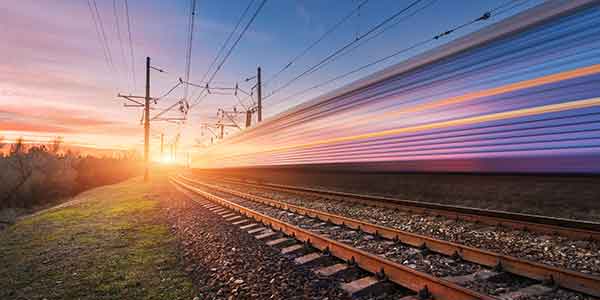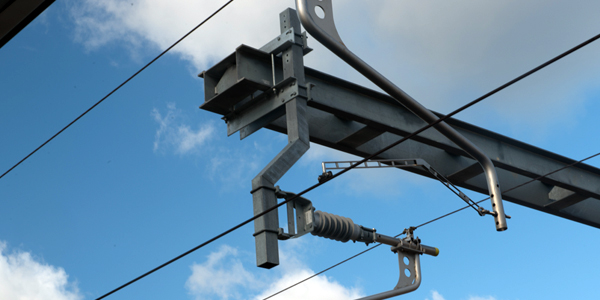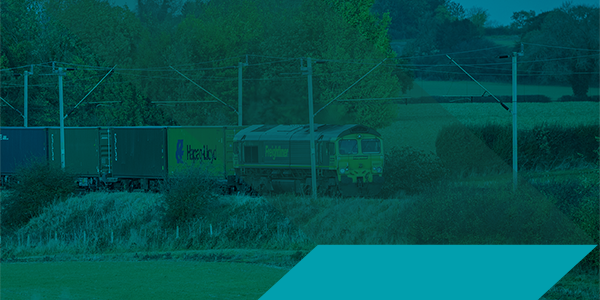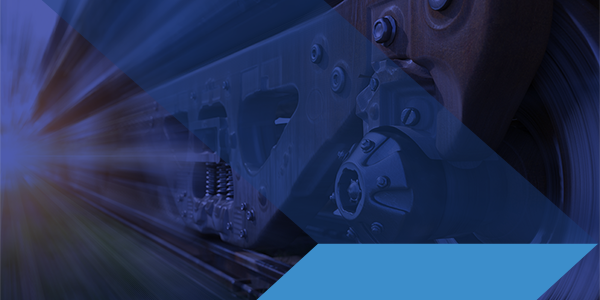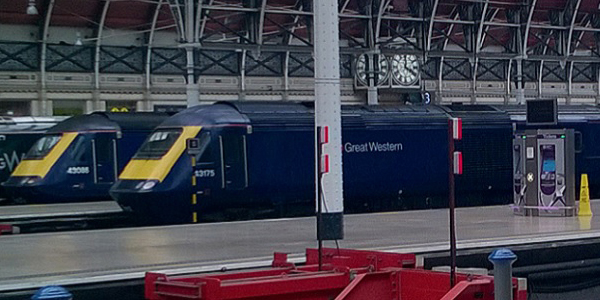Introduction
-
This area can be further categorised into:
- all structures – related to electrification equipment
- electrical risk management – all electrification equipment and interfaces with electricity at stations and on the tracks
- energy-related procedural activities – such as competence monitoring and assessment, procurement, construction, acceptance, and record keeping
- functional matters relating to energy – all the interacting structures and activities relating to energy, how they influence each other, and their safe and effective functioning at all levels of the railway.
In 2019 the UK Government became one of the first in the world to set a legally binding greenhouse gas emissions target of zero, to be achieved by 2050, with Scotland pledging the same by 2045 and Wales committing to a 95% reduction by 2045. Rail is a naturally low-carbon form of transport compared to other modes, but still has work to do to decarbonise. Electrification offers the best alternative to diesel, especially on long-distance, intensive passenger services and for freight. Hydrogen and battery power could also play a role in reducing reliance on diesel power. Managing how the energy mix will work in practice is a key issue for standards.
-
How our experts work with industry
We have a team of experts with considerable experience in all aspects of energy, and who have worked first-hand on the challenges that industry faces. They lend their expertise to the creation and review of relevant standards.
RSSB provides cross-industry governance for industry decisions and activities in many areas of rail improvement. Rail industry standards relating to energy are managed by the Energy Standards Committee. Specifically, the committee in conjunction with RSSB, oversees the development and maintenance of standards, guidance notes and other documents which train operators, infrastructure managers, and train manufacturers use in developing, operating, monitoring and maintaining all aspects of energy on the railway. It also oversees standards, guidance notes and other documents about interfaces with other railway systems (such as rolling stock, signalling, infrastructure, plant and operations).

